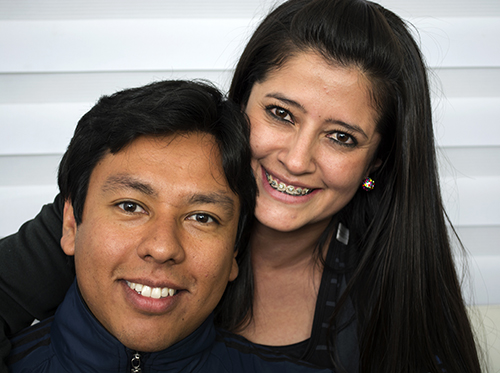The Many Benefits of Braces
September 30th, 2020

It’s true that orthodontic braces can give you a beautiful smile. But did you know there are other benefits of having braces than just getting perfectly straight teeth? Dr. Viney Saini and our team want you to understand the other positives that can come out of having braces and relate to your oral health.
When teeth are crooked or crowded, it’s hard to brush and floss effectively. When there isn’t enough space in your mouth, bacteria and plaque can build up between these teeth. This can lead to serious issues like tooth decay and gum disease. When braces correct the spacing between teeth, and get rid of the tight spaces, patients are able to brush and floss more effectively and not miss essential areas of the mouth.
Surprisingly, braces can also address speech problems. They can shift problem teeth that may be causing embarrassing speech impediments. When an overbite or underbite gets adjusted, patients can pronounce certain words more clearly.
Spaces between teeth may also cause whistling, which braces can fix by closing off the gaps. Word slurring can also be improved with the help of braces by realignment of the jaw or teeth, which opens room for your tongue to move with greater ease.
Braces can also be helpful in supporting the bones and tissues in your mouth. Braces move periodontal ligaments by stretching the connective tissues and nerves. The bones naturally rebuild once they’re settled in their new spot.
Without support from poorly aligned teeth, gum tissue can erode. Braces help prevent erosion of the gums, and will alleviate pressure from the jawbone by fixing a bad bite over time.
If teeth are misplaced, they may not break down food effectively before it enters your stomach. Teeth aid with digestion when you can thoroughly chew your food. If your teeth are badly placed, braces can straighten them for optimal alignment. Once you can chew properly with the help of braces, your food will be more easily and fully digested.
If you have questions regarding braces and how they can help you, contact our Clarksburg, MD and Frederick, MD office and set up a consultation appointment. Braces can help with many oral health problems, and may save you a lot of money and time in the future.
If you’re not sure whether braces would be worth your time or money, consider the benefits above, and how they add to the value of this treatment. You’ll be getting more than just a beautiful smile!



